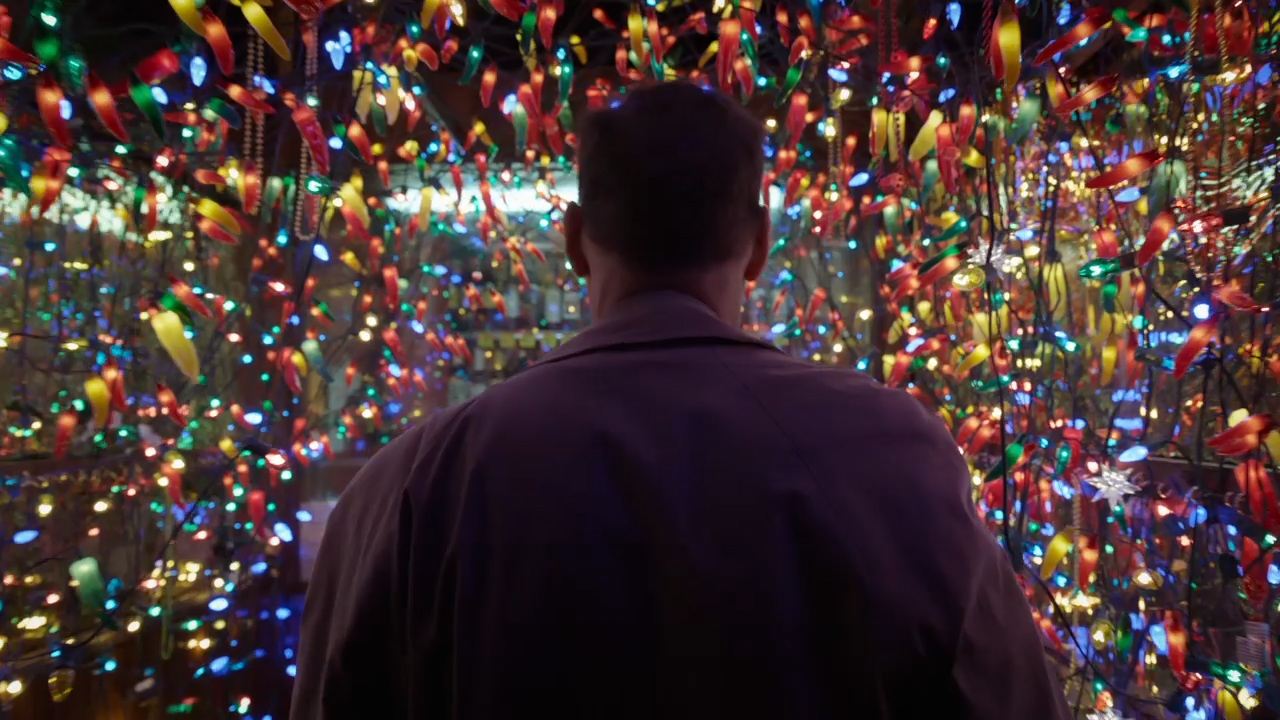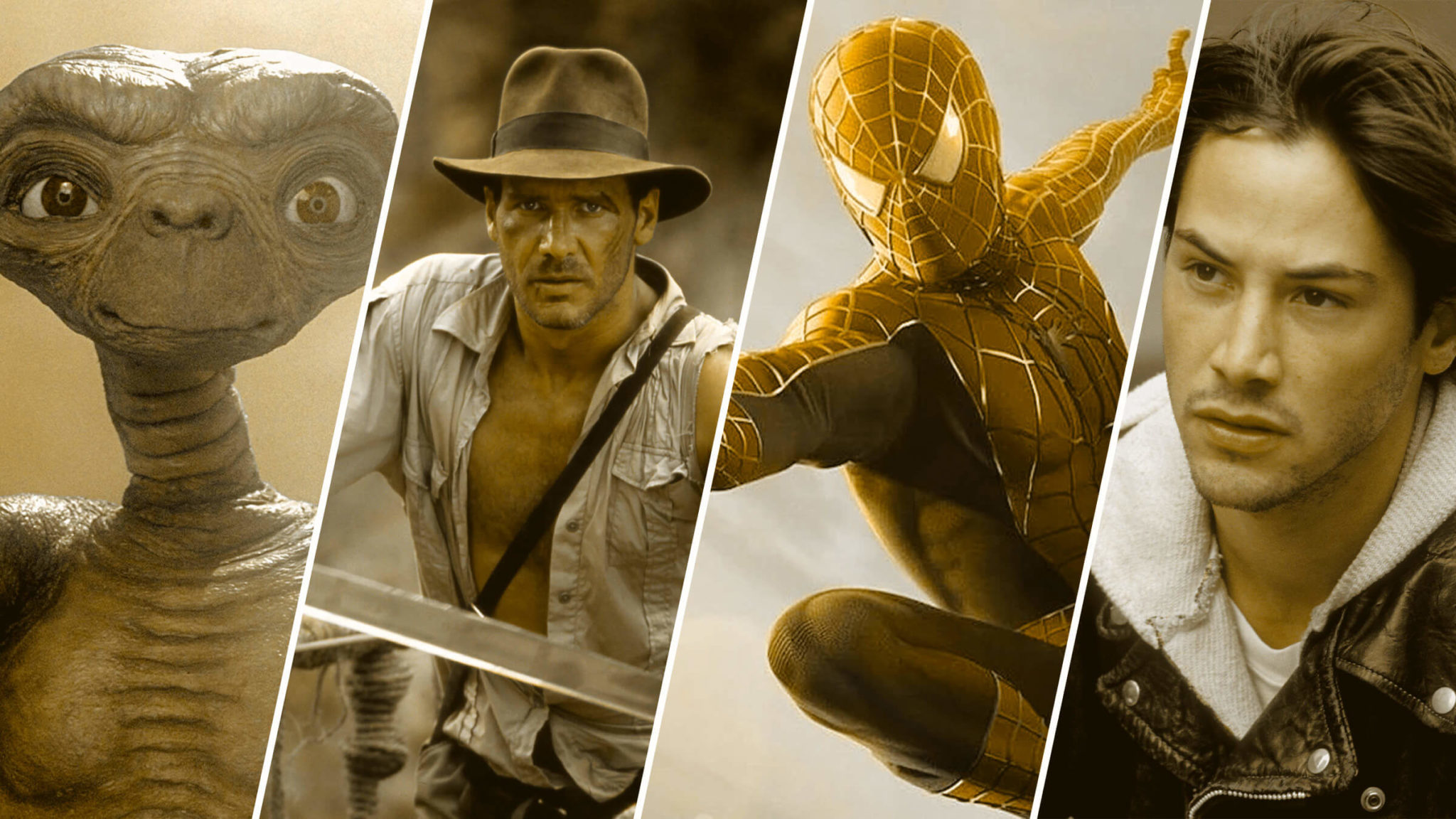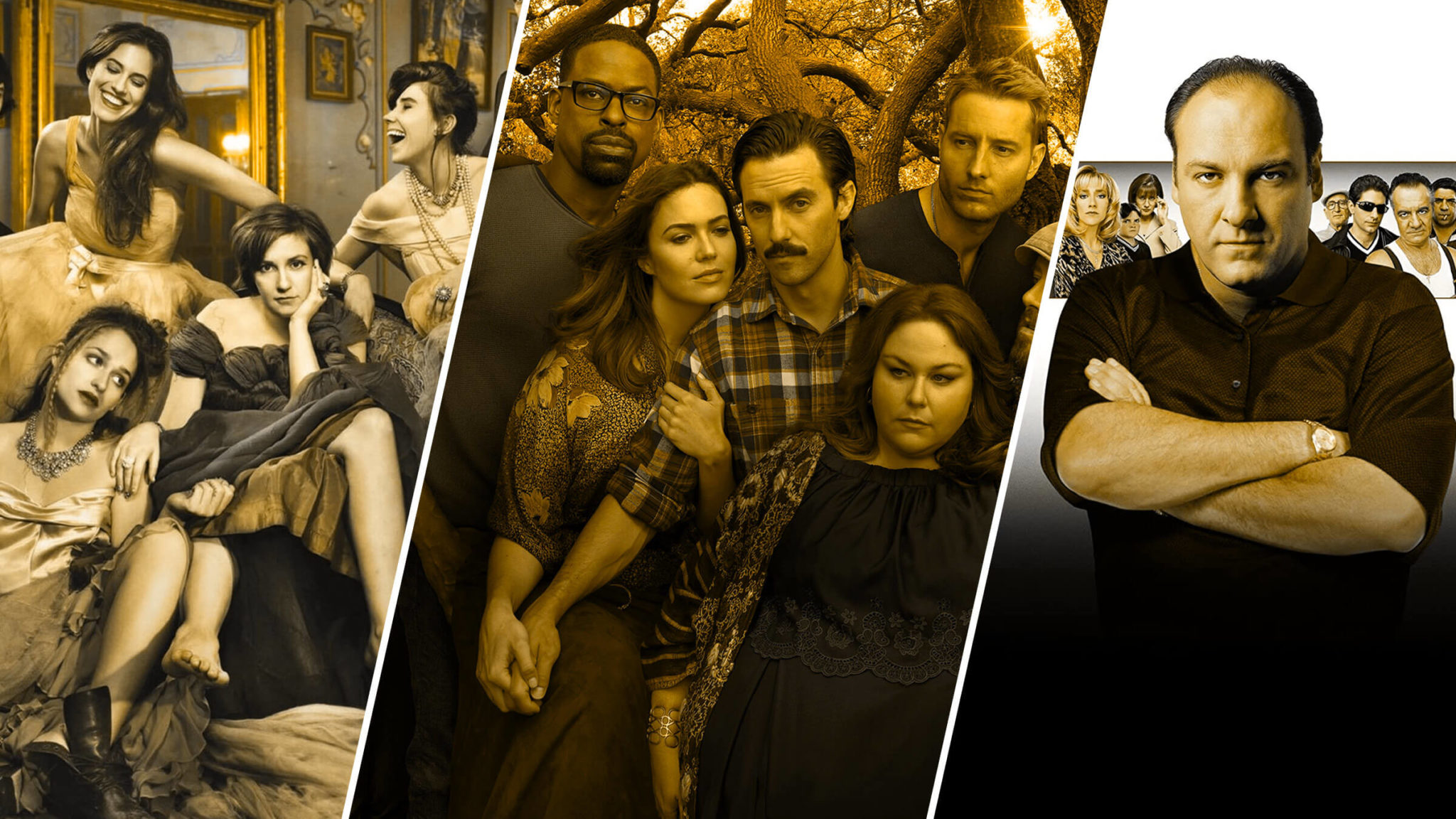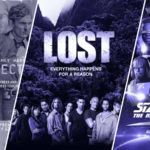How to Incorporate Visuals Into Your Screenplay

By Shaun Leonard
Writing visually is something a lot of screenwriters try to do, without knowing exactly how to do it. The why of writing visually seems clear: film is a visual medium, and we should take advantage of that. However, a screenwriter is not a director, nor are they a cinematographer, nor are they an actor. At least, they’re not when they’re writing. Writing visually is just another tool to communicate a story. Though perhaps it’s easier to tell you what writing visually isn’t, rather than what it is.
First off – writing visually is not about telling the director what to do. That is not the writer’s job. The writer’s job is to tell a story. People get confused about this because the only scripts they’ve read are production scripts, the ones used to shoot the film or episode. A production script writes “close to screen”. This means that it was written for the purpose of production, and contains notes on specific types of shots or transitions. We don’t do that when writing a draft of a screenplay, because it makes us seem like we’re going to direct the project ourselves.
Unless you’re a Charlie Kaufman or a James Gunn, you’re probably trying to get your script sold so that someone else can hopefully, maybe, potentially make a version of it in the future. Selling a script that tries to direct on the page is almost impossible to do, because it seems arrogant and anal and suggests a lack of understanding on the writer’s part. Nobody wants to get involved with someone or something like that. Why would they, when there are so many other scripts around to read?
Building a Blueprint
Writing visually is not directing. It’s also not set design, cinematography, acting, makeup, or costume design. Remember that screenplays are effectively blueprints, meaning writers shouldn't use action lines to describe every detail of every location, character, and movement. It slows down the read and takes up valuable page real estate. If there are crucially important visual details, then of course reference them. But as with every other line you write, be concise and clear. Avoid using parentheticals for every line of dialogue, adjectives for every noun, or adverbs for every verb. In fact, if you’re using an adverb then you probably need to find a more specific verb to begin with. These don’ts will help you keep your writing direct and clean. But there will always be moments, movies, or writers who feel the story demands specific images or visual flair.
Some movies have visual moments so impactful they seem to tie everything together. Think of the feather in Forrest Gump. It weaves its way through the story Forrest tells, acting as a perfect symbol for his belief that life is both fate and random chance. This symbol floats us into the story, and we follow it before we even know why it’s important.
Or think of the John Ford classic The Searchers, which begins and ends with almost the same visual. A door opens, and we see Ethan Edwards (played by John Wayne). He is greeted by family and picks his niece up into his arms. At the close of the film, he returns with his niece after a long search for her. Friends welcome her inside, and Ethan is left alone, framed in that doorway. Left behind, he has no place in this now peaceful place. He walks off into the distance. The door closes.
Visuals like these are not always the product of the writer - they often come from the director or other crewmembers once the script is already in plane. Many directors will insist outright that a screenplay limit unnecessary visual flourishes in order to free up their own creative process. At the same time, a producer might find a more descriptive approach useful when pitching the script to potential investors. If there's a general rule to be derived here, it's that it's important to know who your audience is at any given point in your screenplay's life. Those are the preferences to keep in mind, if you can.
Exceptions to the Rule
Many writers still (rightfully) aspire to create awe-inspiring visual moments in their scripts. Remember that these moments should be visually connected to characters and their place in the world, or their relationships, their inner victories, or perhaps their outer loss. Important visual moments do what dialogue does. They tell the story, driving character or plot, and hopefully both. So write these visuals like dialogue. With brevity and style.
Then there are movies that seem to demand visuals be described on a conceptual level. Take Tree of Life, Black Swan, or The Fountain. All of these films have their own aesthetic, with visuals that drive our understanding of what’s at stake and how the characters feel about what they’re doing. If you’re writing something like this, don’t give in to self-indulgence. Remember you’re still writing a film, and not a novel. Don’t bog yourself down in paragraphs of flowery prose, or ornamented descriptions of unimportant details. The same goes for jargon. Don’t write to show you own a thesaurus. Use the right word, not the one you think is most impressive.
Finally, for the writers who believe that the way they write demands they describe visuals – more power to you. Honestly, there’s no blanket advice for telling someone whether they have a unique, interesting voice, or if they’re writing overindulgent and confusing scripts. To avoid the latter, make sure the writing is as clear and concise as you can make it. Make sure you’re telling the story to the reader, not talking to yourself for 150+ pages. If you make sure your visuals are still about the characters and the events of your script, then it will be difficult to stray too far from good writing.
So there we have it. The dos and do nots of writing visually. Hopefully this helps open your eyes to the benefit of incorporating visuals into your scripts, especially in the right context. After all, knowing when a visual is appropriate is just as important as the description itself. In the end, do or do not, there is no try. Practice, then practice better. Polish the visuals the way you polish any aspect of your script— until it gleams without being garish. We want the glint of an eye opening for the first time, not cheap glitter. Can you see it now?
Read More: 5 Screenwriting Tips for Writing Whimsy
Tags
Get Our Screenwriting Newsletter!
Get weekly writing inspiration delivered to your inbox - including industry news, popular articles, and more!






















